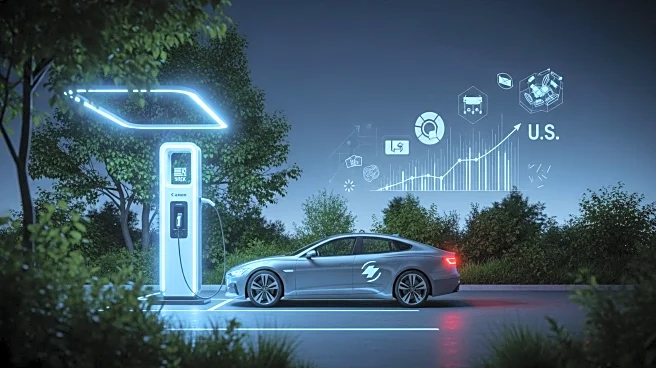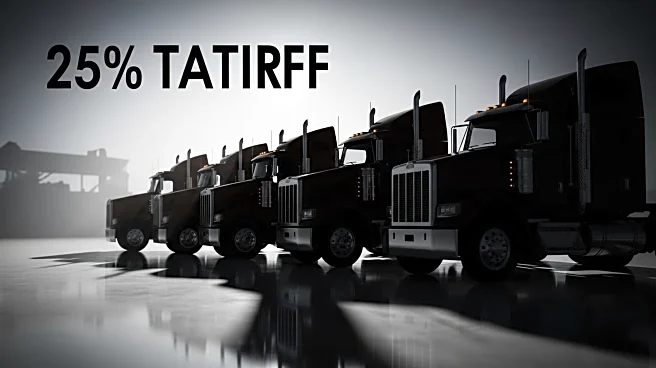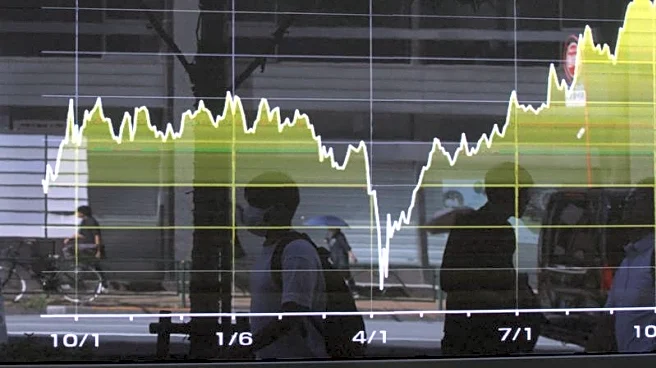What is the story about?
What's Happening?
The U.S. used car market is experiencing significant price increases due to a combination of factors including tariffs, supply chain disruptions, and a shift in automaker strategies. Automakers are increasingly prioritizing direct sales over leasing, which has reduced leasing options for entry-level models. This shift is driven by the higher profitability of direct sales, as manufacturers can sell premium cars at close to full price. Consequently, fewer new cars are entering the market, leading to a reduced supply of used vehicles. The average price for a used car has risen significantly, with a 3-year-old vehicle now costing around $31,000, compared to $22,000 before the pandemic. The pandemic-era semiconductor shortage and other supply chain issues have exacerbated the situation, causing a slump in new car production and sales, which in turn affects the availability of used cars.
Why It's Important?
The rising prices in the used car market have broad implications for consumers and the automotive industry. Consumers seeking affordable vehicles are increasingly forced into the used car market due to the lack of entry-level new cars. This shift impacts affordability and accessibility, particularly for those who rely on vehicles for daily transportation. The automotive industry faces challenges in balancing supply and demand, as fewer new cars lead to a constrained used car market. Additionally, tariffs and trade uncertainties add pressure on automakers, potentially leading to further price increases. The situation underscores the need for strategic adjustments in manufacturing and sales practices to address consumer needs and market dynamics.
What's Next?
The automotive industry may need to adapt by increasing production of entry-level models to meet consumer demand and alleviate pressure on the used car market. Automakers are cautiously monitoring trade negotiations, particularly with the EU, Japan, and North American partners, which could influence future pricing and availability. As leasing options continue to contract, consumers may need to adjust their purchasing strategies, potentially leading to longer vehicle retention periods. The industry might also explore innovative solutions to enhance affordability and accessibility, such as flexible financing options or expanded leasing programs.
Beyond the Headlines
The current dynamics in the automotive market highlight broader economic and societal shifts. The reliance on personal vehicles in the U.S. underscores the importance of affordable transportation options. The situation also reflects the interconnectedness of global supply chains and trade policies, emphasizing the need for resilience and adaptability in the face of disruptions. Long-term, the industry may see shifts towards more sustainable practices and technologies as it navigates these challenges.
AI Generated Content
Do you find this article useful?














